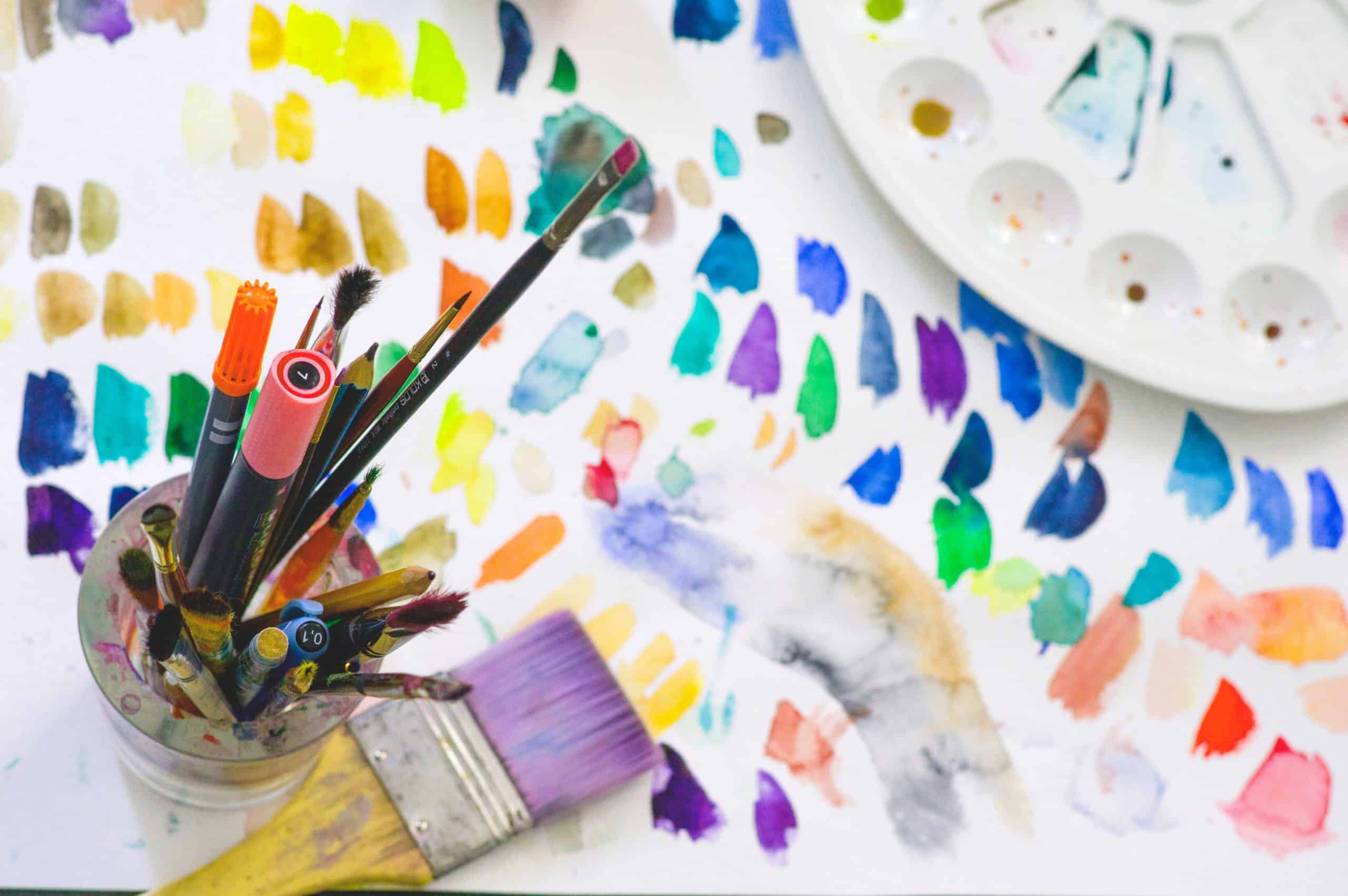| (Play Australia, 2021) |
What is the Role of Play?
"The ability to play is one of the principal criteria of mental health" (Montagu, 1989).
Play is a vital tool in children's development, particularly when educators effectively facilitate learning through play. By supporting children's learning through play, they can begin the skill of transferring information from one setting to another (Belonging, being & becoming, 2009) which can then be applied to further learning environments and activities.
Providing children with the opportunity to express their ideas and emotions through play is a key way in learning the interests of the child, and having them engaged in the learning activities. Play can refer to many different aspects, such as dramatic play, loose parts play, dance, drawing, painting, etc.
How do I build a Creative Learning Environment?
Creating and maintaining a creative environment can seem like a daunting task, however it does not require endless resources or manmade materials in order to foster children's creativity. For example, to assist in children's imagination, You could provide them with pieces of chalk and ask them to draw something on the concrete. Not only would this activity promote fine motor skills and creative thinking, but it will also give the teacher an idea of any interests of the child. Additionally, letting children help in choosing dancing activities and songs could also enhance engagement in the activity.
Some simple ways of ensuring your environment is appropriate in supporting children's imagination:
- Having general visual arts activities available at all times
- Allowing children to create their artworks their own way (removing stencils and print-outs)
- Having music playing throughout the day
- providing children with access to music instruments or objects that can have a musical purpose
- Being the example as a teacher; modelling the behaviours
- Allowing and encouraging children to access technological resources
- teaching appropriate media use
- Encouraging participation in programmed tasks aimed at enhancing musical awareness, dance and coordination, media studies, visual arts, and dramatic play/acting
References
Australian Government Department of Education, Employment and Workplace Relations for the Council of Australian Governments. (2009). Belonging, being & becoming.
Montagu, A. (1989). Growing young. Bergin & Garvey Publishers.
Play Australia. (2021). [Image]. Retrieved 13 September 2021, from https://www.playaustralia.org.au/sites/default/files/images/brad-play-icons2.png.

No comments:
Post a Comment